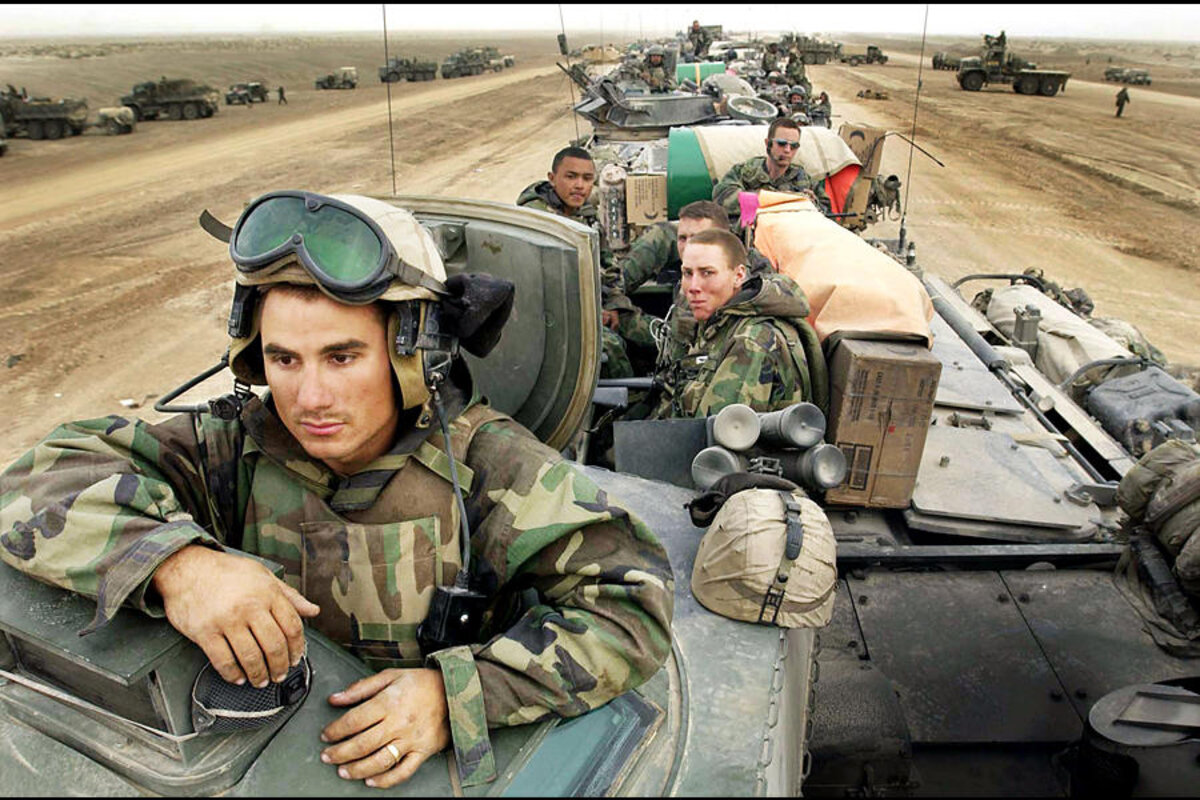Hundreds of US troops exposed to dangerous chemicals in Iraq
Loading...
| Washington
The US military acknowledges that more than 700 American troops may have been exposed to chemical agents in Iraq between 2004 and 2010, according to a statement released by the Pentagon��������岹��.
The revelation about possible exposure of US service members to dangerous chemicals came in the wake of a New York Times report last month, which prompted Defense Secretary Chuck Hagel to order the DOD to examine the medical records of all US troops responsible for detecting roadside bombs and other dangerous explosives, assigned to what is known as Explosive Ordnance Disposal (EOD) units.
The review has so far determined that 734 troops self-reported potential exposure, but “the actual extent of that exposure is not clear,” Rear Adm. John Kirby, Pentagon Press Secretary, warns in the statement.
“It may be 700, or it may be more, since these are the people who reported that they were definitely exposed to chemical weapons,” says Philip Carter, Director of the Military, Veterans, and Society Program at the Center for a New American Security.
Yet there is “a whole other battery of questions” on the same medical records, asking troops if they have had other “unexplained symptoms,” including fevers and rashes, Mr. Carter notes.
As a result, he adds, “There may be hundreds more – thousands more – who may have been exposed but not known about it.”
It is the troubling institutional reluctance to explore evidence of chemical exposure earlier that is particularly puzzling to defense analysts, given that surveys handed out to troops asked them specifically about symptoms of exposure.
“For me, the biggest failure was not the exposure of troops to chemicals in the first instance, because war is inherently dangerous, and all battlefields have hazards,” Carter says. “But DOD had a system to collect data about exposures, and it did nothing with it. It never analyzed the data, it never got back to troops, it never handed it over to the VA so they could do something with it.”
There was a “whole system” put into place after Agent Orange revelations in Vietnam.
That it was not examined or followed-up on, Carter adds, “is tantamount to military malpractice.”
For now, all current service members who have been identified by the Pentagon’s review process “will be afforded DOD medical evaluations as appropriate, or at their request, to determine their actual level of exposure and identify adverse health impacts.”
If the service members who believe they may have been exposed to these chemical agents are no longer in the military, the Pentagon “will provide the Department of Veterans Affairs will all necessary information and documentation to verify exposure to ensure these veterans are afforded the appropriate services and disability benefits that may be available to them through the VA,” Rear Adm. Kirby said.
To ensure that no service member who may have been exposed is missed during the review, the Pentagon has also established a telephone line “to encourage self-identification,” Kirby said. That number is 1-800-497-6261.
At the moment, the Pentagon “is doing quite a bit to catch up here – they’re really working hard to get to the bottom of this,” Carter says. “These are probably the right first steps – we’ll just have to wait and see how this unfolds.”




